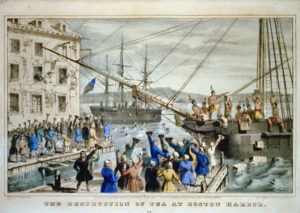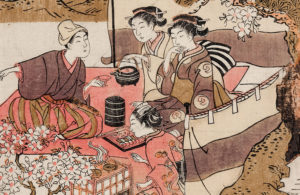Here’s a fact about tea that lends some new meaning to the phrase “put your money where your mouth is.” Tea has a long history of being used as currency. That’s right, even as recently as the early 1900s there are records of people (mostly in Asia) using tea as currency to buy and sell all sorts of goods.
While tea as money was a noted and popular practice in countries like China and Tibet, for one particular culture, nomadic Mongols in Siberia, it was actually the number one currency, trumping coins and precious metals.
Similar to coins, different bricks had different values. The value of a particular brick of tea had to do with its quality. Stamps and seals on the bricks indicated their worth as well as region of origin. Some of the designs are quite beautiful. Here are some pictures of ancient tea bricks. Or check out the Chinese Black Tea Brick we carry today.
It’s interesting to note that what we consider to be a pretty common household item today was appraised so highly in the past. It may seem strange, but it’s important to remember that for a group of people such as the Mongols living in a bitterly cold terrain like Siberia, tea was an easy source of warmth, sustenance, and energy. Additionally, they benefited from its many medicinal properties. The densely packed bricks meant that they could be easily transported– an important asset for nomadic people! In a pinch, they could even eat the bricks to stave off starvation.
Today we value tea much differently. There are luxury teas, to be certain, but tea is such a commonly shared beverage across cultures that you’d be hard-pressed to find someone who would let you buy, say, a brand new Prius with enough tea bricks. Still, you can find plenty of very affordable teas at the Tea Smith that would have been worth at least a horse or two back in the day, if only they were packed tightly into a brick with the right seal to match.


